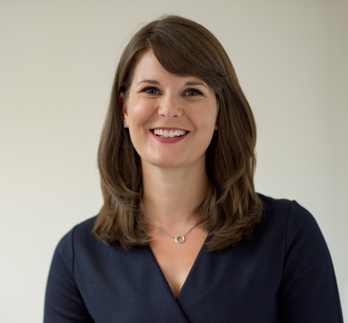 The Greener Futures Partnership (GFP) has commissioned specialist housing consultancy Altair to conduct research into improved methods of measuring energy efficiency. Sanctuary's Donna Williams, Group Director – Sustainability and Climate Change, explains more about what it means for the sector.
The Greener Futures Partnership (GFP) has commissioned specialist housing consultancy Altair to conduct research into improved methods of measuring energy efficiency. Sanctuary's Donna Williams, Group Director – Sustainability and Climate Change, explains more about what it means for the sector.
The housing sector is facing an enormous energy efficiency challenge. With five million homes to upgrade by 2050 (an average of 489 per day), there are plenty of challenges with supply chain, technology and customer adoption. But how do we measure success?
Most housing associations and local authorities have designed their energy efficiency programmes around the SAP modelling system. Most commonly, we are all setting our sights on the more immediate target of reaching a minimum energy efficiency level of EPC Band C by 2030. Conversations around how to define ‘net zero’ have a strong focus on a target SAP rating alongside the electrification of heating systems. And this makes sense, as EPC certificates have been the predominant method of building energy efficiency measurement - not just for social housing but across the entire of Europe – for decades.
But there is a growing appreciation of the limits of SAP as a tool. The variety of factors included within the SAP methodology make it harder to tease out measures that have the greatest impact on the thermal efficiency of a home. This is made even worse using the simplified SAP version (RdSAP) for existing homes, which further reduces heat flow understanding and hence retrofit options. It also assumes the fuel-poor fully heat their homes and that higher room temperatures are needed to offset coolness from uninsulated walls.
Space heating demand considers the amount of active heating input required to heat a building and is usually expressed in kWh/m2/year. It can therefore home in on the effectiveness of the fabric of a building and is an increasingly common tool in the housing association measurement arsenal. Not least because of its use within the Social Housing Decarbonisation Fund demonstrator and Wave 1 criteria.
Within the GFP, we have been discussing what the impact of this might be. We know it’s not just about the targets we set, but whether looking at our homes through different energy efficiency lenses could impact the strategic decisions we make.
We’re asking ourselves if EPCs and the underlying SAP methodology are the best form of energy efficiency measurement out there? And, if not, what are its limitations and how do we overcome them? What can we learn from more specific energy efficiency measurement, like space heating demand? How would this change how we look at our homes - and the wider net zero carbon challenge?
This is exactly what we want to find out from our research project with Altair. It will delve into all the different forms of energy efficiency measurement that the sector could use and inform a pilot applying alternative methodologies to a sample of GFP’s homes.
By summertime, we hope to share both our findings and how this research is influencing our own programmes.
We’ll keep you updated. If you want to be updated directly or would like to find out more about the project, please get in touch by emailing me at: [email protected]
